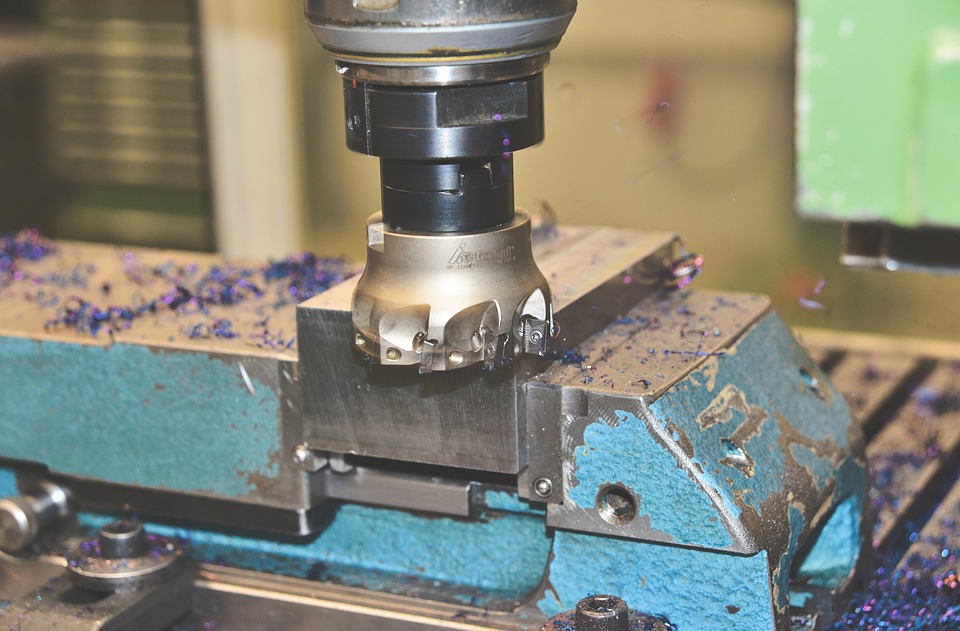Innovative Solutions in Healthcare: The Role of Mechatronics Engineering
Introduction
The healthcare sector continually seeks innovative solutions to improving patient outcomes, enhancing the efficiency of healthcare delivery, and reducing costs. Mechatronics engineering, a multidisciplinary field that combines mechanical engineering, electronics, computer science, and control engineering, plays a crucial role in developing advanced technologies to meet these objectives. This article explores the intersection of mechatronics engineering and healthcare, highlighting the innovative solutions leading to revolutionary changes in the industry.
1. Understanding Mechatronics Engineering
1.1 Definition and Scope
Mechatronics engineering involves the design and integration of mechanical components, electronic systems, software, and control networks. This multidisciplinary approach enables the creation of smart, automated systems and devices that can perform complex functions efficiently and accurately.
1.2 Historical Context
Originating in the latter half of the 20th century, mechatronics emerged from the convergence of various engineering disciplines. Early applications were found primarily in manufacturing and robotics, but as technology advanced, the possibilities for mechatronics expanded significantly, particularly in healthcare.
2. The Importance of Innovation in Healthcare
2.1 Challenges in Modern Healthcare
Healthcare systems around the world face numerous challenges, including rising costs, an aging population, and increasing demand for services. As diseases become more complex, traditional approaches to diagnosis and treatment are often insufficient. Innovation is needed to address these challenges, and mechatronics provides the tools necessary for significant advancements.
2.2 The Role of Technology
Technological advancements have revolutionized healthcare in recent decades. Innovations such as telemedicine, electronic health records (EHR), and personalized medicine have transformed patient care. Mechatronics engineering contributes to these technological advancements by developing sophisticated medical devices and systems that facilitate enhanced patient care.
3. Mechatronics Engineering Applications in Healthcare
3.1 Robotics in Surgery
3.1.1 Robotic-Assisted Surgery
Robotic surgical systems, such as the da Vinci Surgical System, exemplify the application of mechatronics in healthcare. These systems allow surgeons to perform minimally invasive surgeries with enhanced precision and control. By combining robotics with advanced imaging and visualization technologies, robotic-assisted surgery reduces patient recovery times and minimizes scarring.
3.1.2 Training and Simulation
Mechatronics engineering also plays a critical role in training surgeons. Surgical simulators equipped with realistic haptic feedback enable trainees to practice procedures in a risk-free environment. This approach not only enhances technical skills but also instills confidence in new surgeons before they operate on live patients.
3.2 Rehabilitation Devices
3.2.1 Exoskeletons
Mechatronics has led to the development of robotic exoskeletons, which assist individuals with mobility impairments. These wearable devices help patients regain strength and mobility by providing mechanical assistance during movement. Ongoing research in this area focuses on improving the functionality and affordability of exoskeletons, making them widely accessible to those in need.
3.2.2 Adaptive Prosthetics
Innovative prosthetics equipped with sensors and motors can adapt to the user’s movements, providing a more natural and responsive experience. Mechatronics engineers are developing prosthetic limbs that can be controlled through brain-computer interfaces (BCI), enabling amputees to regain functionality.
3.3 Medical Imaging
3.3.1 Advanced Imaging Techniques
Mechatronics engineering has significantly improved medical imaging techniques, including MRI and CT scans. The integration of advanced robotics and automation in imaging systems enhances the precision and accuracy of diagnostics, ultimately leading to better patient outcomes.
3.3.2 Image Processing and Analysis
With the increase in the volume of imaging data, mechatronics plays a vital role in developing algorithms and software for processing and analyzing images. AI-powered technologies can assist radiologists by identifying anomalies in imaging data, thereby speeding up diagnosis.
3.4 Patient Monitoring Systems
3.4.1 Wearable Health Devices
Wearable devices that monitor vital signs in real-time, such as heart rate, blood pressure, and blood oxygen levels, exemplify the importance of mechatronics in patient monitoring. These devices not only provide valuable data for clinicians but also empower patients to take an active role in their health management.
3.4.2 Telehealth Solutions
Incorporating mechatronics in telehealth solutions enhances remote patient monitoring and consultations. Automated systems can collect and transmit health data to physicians, allowing for timely interventions and reducing the need for in-person visits.
3.5 Drug Delivery Systems
3.5.1 Smart Drug Delivery
Innovative mechatronic systems are being developed for precise drug delivery, improving treatment efficacy. Programmable infusion pumps and implantable drug delivery devices are designed to administer medication at specific doses and times, enhancing treatment for chronic illnesses.
3.5.2 Biomechanical Devices
Integrating mechatronics with biomaterials can lead to the development of advanced drug delivery systems that are biocompatible and capable of responding to environmental cues, delivering medication only when needed.
4. Future Trends and Innovations
4.1 Artificial Intelligence and Machine Learning
The integration of AI and machine learning with mechatronics engineering is set to revolutionize healthcare. Predictive analytics can assist in patient management, while AI-driven robotic systems enhance surgical precision and efficiency. The synergy between these fields promises personalized medicine solutions tailored to individual patient needs.
4.2 Internet of Things (IoT)
As IoT technology continues to expand, its application in healthcare presents opportunities for real-time data collection and analysis. Mechatronics will play a pivotal role in developing IoT-enabled medical devices that communicate seamlessly, providing a comprehensive view of patient health.
4.3 Autonomous Systems
The development of autonomous medical systems, from robotic surgical assistants to fully automated diagnostic tools, is a focal point for future innovations. As mechatronics engineering advances, the potential to automate routine healthcare tasks will free up medical professionals to focus on complex, patient-centered care.
4.4 Ethical Considerations
As mechatronics engineering continues to influence healthcare, ethical considerations must be taken into account. Issues surrounding data privacy, patient consent, and the ethical implications of AI in decision-making are critical areas that require attention from engineers and healthcare professionals alike.
5. Conclusion
The role of mechatronics engineering in healthcare is transformative, offering innovative solutions to some of the industry’s most pressing challenges. From surgical robots and rehabilitation devices to advanced imaging techniques and smart drug delivery systems, the applications of mechatronics are vast and varied. As technology continues to advance, the synergy between mechatronics and healthcare will undoubtedly pave the way for improved patient outcomes, enhanced healthcare delivery, and a more efficient healthcare system. The future of healthcare lies in the hands of engineers and scientists working collaboratively to usher in a new era of medical innovation.
References
-
[Modern Footnote Source]: For further reading on the applications and advancements in mechatronics engineering in healthcare, refer to journals such as the Journal of Mechatronics, IEEE Transactions on Biomedical Engineering, and Medical Engineering & Physics.
-
[Modern Footnote Source]: To explore case studies on robotic surgery systems and their effectiveness, check the Annals of Surgery and Surgical Endoscopy.
-
[Modern Footnote Source]: For a deeper understanding of rehabilitation technologies, including exoskeletons and adaptive prosthetics, resources like Rehabilitation Robotics articles and IEEE conference proceedings are invaluable.
-
[Modern Footnote Source]: Research on the integration of AI in healthcare can be found in publications such as Artificial Intelligence in Medicine and Nature Medicine.
-
[Modern Footnote Source]: Stay updated with the latest in telehealth and IoT applications by following reports from the World Health Organization and health tech industry reviews.
-
[Modern Footnote Source]: Ethical dimensions in mechatronics engineering can be explored through the Journal of Medical Ethics and Bioethics.
This article offers a comprehensive overview of the innovative solutions in healthcare brought about by mechatronics engineering. As advancements continue to unfold, the collaboration between engineers, clinicians, and policymakers will be essential in shaping the future of healthcare.


























Add Comment